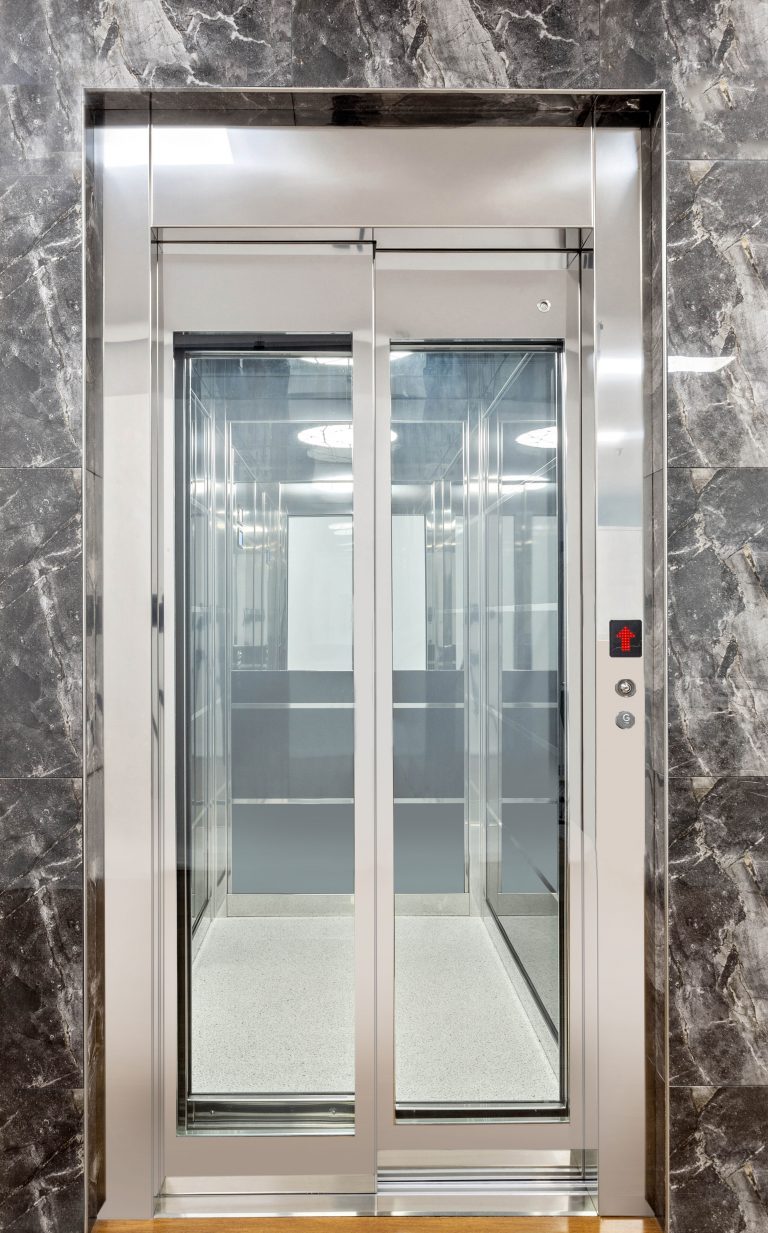Discover the very best Disabled Platform Lifts Prices UK for Residential and Commercial Usage
Discover the very best Disabled Platform Lifts Prices UK for Residential and Commercial Usage
Blog Article
Delving Into the Globe of Lifts: Typical Issues Encountered by Different Lift Mechanisms
As we navigate via the vertical transport systems of modern-day buildings, lifts attract attention as a crucial element of our daily lives. Nonetheless, behind their seamless operation exists a world of detailed systems that can sometimes run into difficulties. From hydraulic lifts to grip systems and machine-room-less designs, each lift kind comes with its collection of common concerns. Understanding these obstacles is important for ensuring the smooth performance of these vital systems. Allow's discover the complexities that underlie the procedure of elevators and the possible issues that can develop, shedding light on the complex internet of lift systems.
Hydraulic Lifts
Hydraulic elevators, usually chosen for low-rise structures, make use of fluid pressure to control the motion of the lift vehicle (lift repair companies). This system entails a hydraulic pump pressing oil into a cylinder, triggering the lift to relocate in the desired direction. While hydraulic elevators are understood for their smooth and silent operation, they do include their very own collection of usual concerns
One common issue with hydraulic elevators is oil leakage. Additionally, issues with the control system, such as defective valves or a malfunctioning pump, can cause disturbances in the lift's motion.
Normal maintenance and punctual repairs are vital to ensure the smooth functioning of hydraulic lifts. By addressing these usual concerns proactively, structure owners can reduce downtime and guarantee the safety and efficiency of their upright transport system.
Traction Elevators
When considering vertical transport systems in buildings, another usual kind aside from hydraulic elevators is the grip elevator. Traction lifts operate using a system of ropes and weights that move the elevator car by clutching onto the hoist ropes. This system permits smoother and much faster upright transportation contrasted to hydraulic systems.
One of the usual problems faced by grip elevators is rope wear. The constant motion of the ropes within the traction system can bring about damage with time, potentially creating the elevator to breakdown or end up being hazardous for usage. Regular examinations and maintenance of the ropes are vital to make certain the elevator's correct functioning and safety and security.
Another concern that traction elevators might experience is associated with the control system. Issues with the control system can bring about problems such as irregular activity, delays in feedback times, and even full shutdowns. Routine screening and maintenance of the control system are vital to avoid such problems and ensure the elevator's integrity.
Machine-Room-Less (MRL) Lifts

One of the key parts of MRL lifts is the small gearless traction equipment that is installed within the hoistway. This machine efficiently drives the lift cars and truck without the requirement for bulky tools discovered in conventional grip elevators. Additionally, MRL lifts usually use a weight system to balance the car, additional enhancing their power effectiveness.
Despite their benefits, MRL lifts may encounter challenges connected to repair and maintenance as a result of the confined area for tools installation. Availability for servicing parts within the shaft can be limited, needing specialized training for professionals. Proper maintenance routines and normal inspections are important to make certain the continued smooth operation of MRL elevators.
Overloading and Weight Limitation Issues
Are lifts equipped to deal with excess weight tons successfully and securely? Straining and weight limit issues are vital problems in lift procedures. Lift manufacturers style raises with certain weight abilities to ensure passenger safety and equipment longevity. Exceeding these weight limits can result in different issues, including mechanical failures, delays, and safety risks.
When lifts are strained, it places extreme strain on the motor, wires, and various other elements, potentially causing malfunctions or malfunctions. Safety devices such as sensing units and overload sensors are in area to stop elevators from relocating if they lift companies in London detect excess weight. Furthermore, exceeding weight restrictions can cause increased power usage and damage on the elevator system.
To mitigate straining problems, constructing managers should plainly display weight restrictions in elevators and enlighten residents on the relevance of adhering to these constraints - lift repair companies. Routine upkeep checks by qualified professionals can also help make sure that elevators are operating within safe weight parameters. By attending to overloading and weight limit problems proactively, building owners can boost elevator safety and security and efficiency
Electric System Failings
Exceeding weight limits in elevators can not only lead to mechanical issues but also potentially contribute to electrical system failings within the lift framework. Electric system failings are an essential concern in lift procedure, as they can create unanticipated closures, breakdowns, or even safety risks.
Routine upkeep and assessments we maintain lifts are important to identify and attend to potential electric issues without delay, making sure the efficient and secure operation of lift systems. By adhering to weight restrictions and conducting regular electrical system checks, structure proprietors can reduce the threat of electrical failings in elevators.
Final Thought

Hydraulic lifts, typically chosen for low-rise structures, use fluid pressure to regulate the motion of the lift cars and truck.When thinking about upright transportation systems in structures, one more common kind aside from hydraulic lifts is the traction lift. Traction lifts operate utilizing a system of ropes and counterweights that relocate the elevator cars and truck by gripping onto the hoist lift repair near me ropes. Unlike typical elevators that call for a separate equipment room to house the tools, MRL elevators incorporate many of the elements within the shaft, removing the requirement for a committed device area.In conclusion, lifts face typical concerns such as hydraulic malfunctions, traction system failings, and electrical system issues.
Report this page